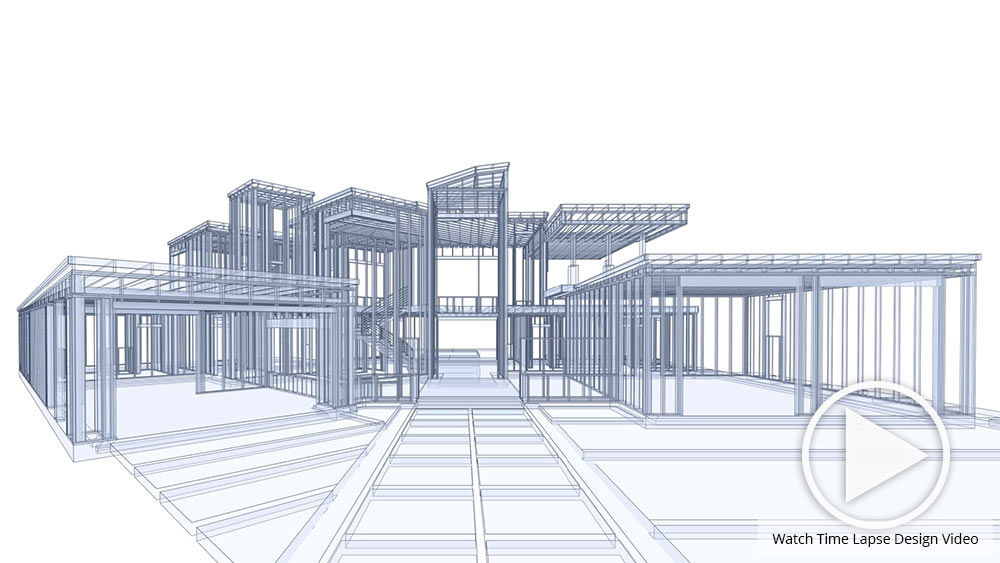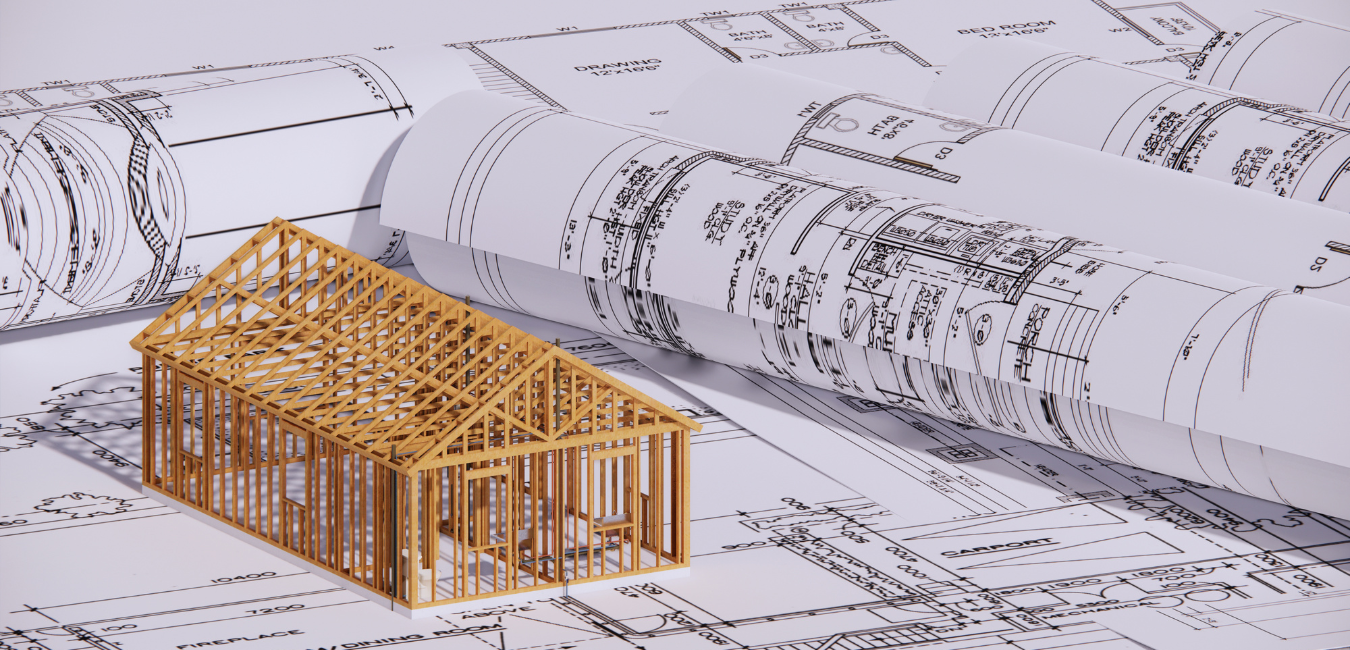The Vital Function of an Architect in Forming Sustainable Urban Atmospheres for Future Generations
The role of an engineer in crafting lasting urban environments is progressively critical in reacting to the obstacles of climate modification and urbanization. By flawlessly incorporating environmental concepts right into their styles, architects not only boost the visual and practical quality of city rooms however likewise address pushing problems such as power performance and social equity.
Comprehending Sustainable Urban Layout
Sustainable urban layout integrates eco-friendly concepts with metropolitan planning to produce atmospheres that are not just comfortable however also durable. This strategy highlights the relevance of integrating natural systems into the urban material, making sure that growth fulfills the demands of the present without endangering the capability of future generations to meet their own demands. Secret elements of sustainable city design consist of reliable land usage, the promotion of biodiversity, and the assimilation of green areas, every one of which add to improved lifestyle for homeowners.
Additionally, sustainable city design focuses on the reduction of the metropolitan warmth island effect, improved air quality, and effective stormwater monitoring. It encourages making use of eco-friendly resources and energy-efficient building methods, which dramatically lower carbon footprints. In addition, sustainable urban style fosters social equity by producing obtainable public spaces and promoting mixed-use advancements that accommodate varied populaces.
Through thoughtful planning and innovative style techniques, lasting metropolitan atmospheres can improve area resilience versus climate change while fostering economic development. This holistic method not just addresses instant metropolitan difficulties however likewise lays the foundation for much healthier, a lot more lasting cities for generations to find.
Key Obligations of Engineers
Engineers play an essential role in forming lasting metropolitan atmospheres by converting layout principles into concrete structures and spaces. Their duties include a wide variety of tasks that add to the overall success of urban style jobs.
Most importantly, engineers perform thorough site analyses to comprehend the ecological, social, and social context of their projects. This fundamental expertise educates their style choices, making sure that buildings integrate with their surroundings. They likewise take part in collaborative procedures with stakeholders, consisting of city organizers, engineers, and the area, promoting a comprehensive method to urban advancement.
Additionally, engineers are tasked with producing styles that optimize energy performance, source conservation, and capability. They must stick to local zoning laws, developing codes, and sustainability qualifications, making sure conformity while pressing the borders of technology.
Furthermore, architects are in charge of taking care of the layout process, coordinating with various professionals throughout the building phase to make sure that the vision is recognized properly (cda architects). Ultimately, their function is not exclusively concerning looks; it is concerning creating resistant, adaptive rooms that enhance the lifestyle for current and future generations, preparing for lasting urban living
Innovative Products and Techniques

In addition, developments in innovation have actually resulted in the advancement of high-performance products, such as insulated concrete kinds (ICFs) and photovoltaic glass, which add to energy preservation and harness renewable power. Techniques such as easy solar design and green roof coverings further exhibit exactly how architecture can integrate with natural systems, lowering dependence on synthetic heating and cooling.
Additionally, the assimilation of smart materials, which adapt to environmental modifications, provides appealing avenues for boosting building performance. These materials can react to temperature changes or wetness degrees, enhancing comfort and sustainability.
Ultimately, the strategic choice and application of ingenious materials and strategies equip engineers to develop city areas that are not just functional and cosmetically pleasing however additionally durable and environmentally accountable, making certain a sustainable future for generations ahead. cda architects.
Area Involvement and Partnership
The success of innovative materials and methods in lasting urban style is significantly enhanced by active area interaction and partnership. Engineers need to recognize that the developed setting greatly affects the lives of local homeowners, making it critical to include them in the style procedure. Engaging the community promotes a sense of ownership and responsibility, ensuring that developments not just meet visual and practical demands however also show the worths and ambitions of those who populate them.

Effective area involvement also assists in focusing on social equity within metropolitan advancement. By taking into consideration the voices of marginalized populaces, engineers can create areas that are comprehensive and fair. By doing this, neighborhood interaction and try this website collaboration end up being integral to achieving really sustainable metropolitan environments that serve the demands of existing and future generations.
Future Trends in Sustainable Architecture
An emerging concentrate on adaptive reuse and circular economy principles is established to redefine the landscape of sustainable find design. As cities come to grips with boosting population densities and ecological obstacles, engineers are increasingly transforming to approaches that enhance existing structures as opposed to seeking brand-new builds. This strategy not just preserves cultural heritage yet likewise substantially reduces source usage and waste.
Furthermore, developments in technology are forming future trends in sustainable style. The combination of smart products and building systems enables real-time power administration, enhancing performance and minimizing carbon footprints. Technologies such as eco-friendly roofing systems, living walls, and energy-generating exteriors are becoming typical methods, further advertising environmental equilibrium within metropolitan settings.
Additionally, a shift towards biophilic design is obtaining traction, stressing the connection in between nature and human well-being. By integrating all-natural aspects, engineers produce spaces that link promote psychological health while promoting biodiversity.
Verdict
In final thought, engineers are critical in progressing lasting urban settings through their proficiency in style, cutting-edge materials, and neighborhood interaction. By focusing on power efficiency and resource preservation, these specialists contribute to the development of resistant metropolitan rooms that satisfy the demands of present and future generations. The integration of ecological concepts not just boosts livability yet also fosters social equity, making sure developments resonate with the values and desires of the communities they offer.